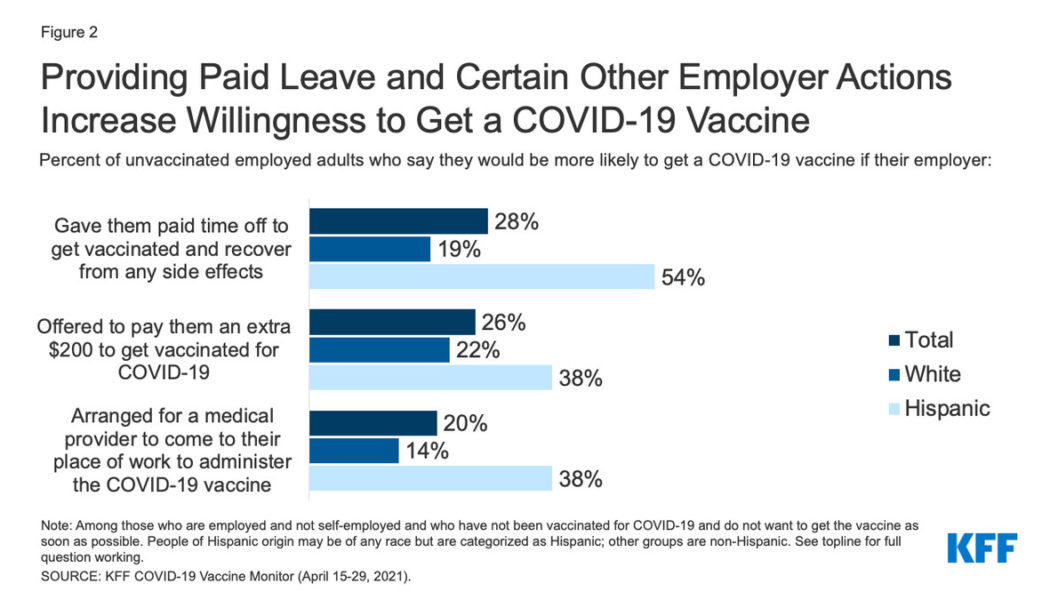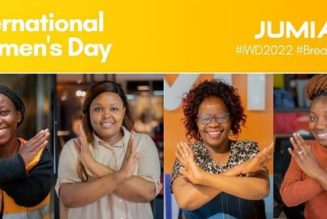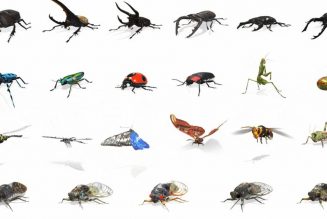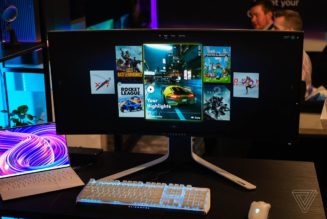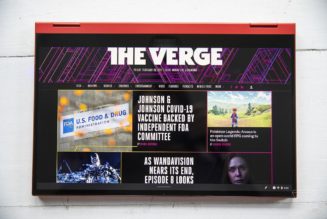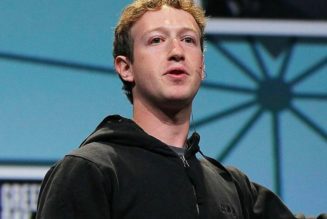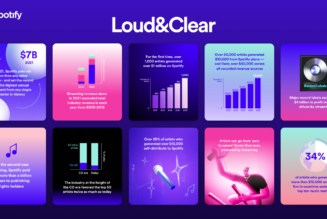In the US, COVID-19 vaccines are free, but it turns out that money is still a big barrier to vaccination.
See, even though the vaccines don’t cost a thing, it still takes time to go and get a shot and potentially recover from any side effects. For working adults, that may mean taking time off work — and that isn’t something that everyone can afford to do.
Black and Hispanic people are particularly concerned about the tradeoff between missing work and getting the vaccine, according to new results from research published by the Kaiser Family Foundation this week. People in both demographics are more likely than their white counterparts to work lower-paying jobs, which may not offer as much paid leave for things like illness.
Those results provide a pretty clear way forward for pushing the vaccination rate up. If businesses want their employees to get vaccinated, they should pay them for it. Or states can require businesses to provide paid leave — like New York, which now guarantees employees up to four hours paid leave to get vaccinated.
Employees, unsurprisingly, like this idea. Among unvaccinated employed adults, a decent percentage of people said they’d be more likely to get a vaccine if their employer offered a bonus or paid time off. Some also said they’d be more likely to get the vaccine if employers brought the vaccine to work. These methods would especially be effective among Hispanic employees, the researchers found.
:no_upscale()/cdn.vox-cdn.com/uploads/chorus_asset/file/22531620/paid_vaccine_leave.png)
That’s a vitally important demographic for public health workers to reach. People who identify as Hispanic or Latino are three times more likely to be hospitalized compared to white, non-Hispanic people, according to the CDC. They are more than twice as likely to die of the disease.
Now, some companies are already offering incentives, handing out vaccine bonuses, and bringing in mobile clinics for their employees. That’s great, and similar efforts, whether by private companies, community groups, or governments, could actually make a difference in getting people in the US vaccinated.
The pace of vaccinations has slowed down, as most people who really want a vaccine already have at least one dose. That leaves people who either really don’t want a vaccine, and the ones that are stuck in a “wait and see” limbo. Overall, the number of people who are in the “wait and see” category has shrunk since December, when the first vaccines started to be delivered in the US. It now stands at about 15 percent.
:no_upscale()/cdn.vox-cdn.com/uploads/chorus_asset/file/22531673/vaccine.png)
Reaching that 15 percent could help the US get a whole lot closer to its goal of having 70 percent of its population vaccinated by July 4th — an achievement that could ward off future surges of COVID-19, health experts say.
That means reaching people where they are is now even more important, even if where they are right now is hard at work.
Here’s what else is happening this week.
PS(A): Just to re-emphasize this: the vaccines are free. If you have been charged for a vaccine, the government would really like to know about it. If you are charged, you should be able to get that money back.
Research
New coronavirus detected in patients at Malaysian hospital; the source may be dogs
In 2017 and 2018, a virus was detected in some pneumonia patients in a Malaysian hospital. It appears now that this might be a new coronavirus that spent time in dogs. This virus is not classified as a human pathogen yet, but researchers are keeping an eye on this coronavirus, and others that might emerge around the world. (Michaeleen Doucleff / NPR)
Numbers won’t tell us when the pandemic is over
This pandemic has been messy, and its end will be too. As we learn to live with the disease and vaccinations increase, our relationship to the virus will gradually change too. Here’s how. (Nicole Wetsman / The Verge)
Mix-and-match COVID vaccines trigger potent immune response
It doesn’t happen often, but some people have gotten two doses of different vaccines. Now, early results from a study shown that these mix-and-match cases can still produce a strong immune response. (Ewen Callaway / Nature)
Development
People are uncomfortable with digital health tools used to control COVID-19
Tech tools have been touted as a way to control the pandemic, but a recent study found that a lot of people are still uncomfortable with their personal data being used for public health. (Nicole Wetsman / The Verge)
Vaccine waivers alone can’t solve India’s vaccine crisis
You might have heard a lot about vaccine waivers lately. Here’s a look at why they aren’t a one-size-fits-all solution to India’s current crisis. (Sawgata Yadavar / The Verge)
NY launches ‘Vax & Scratch’ lottery, $5 million prize for COVID vaccine takers
Ohio started it. After the midwestern state started a lottery for people vaccinated in the state, offering a chance at a million dollars every week for five weeks, the state saw its vaccination rates soar by 53 percent. Now, New York is trying its own version. (Jen Chung / Gothamist)
Perspectives
Other people in their 70s can get a vaccine passport, but I may not be able to. And I do not know how long I am protected for.
—Journalist Francis Beckett writes for The Guardian about the limbo he and other participants in the Novavax trials find themselves in. The vaccine is not yet approved or authorized.
Zero patients with #COVID19 at San Francisco General Hospital today.
For first time since March 5th 2020, over 14 months ago.
Overwhelming gratitude to the physicians, nurses, & staff of SF General for their incredible, tireless work that has undoubtedly saved countless lives.
— Matt Haney (@MattHaneySF) May 20, 2021
Kristen Hawley pulled up to the airport terminal, and Dwight Borden leaped into the passenger seat of her Toyota Scion. They threw their arms around each other and held on for so long, people in the cars behind them started honking. Neither of them cared.
“They can wait a second; they can drive around us,” Borden thought. “This is our minute.”
—One poignant story from The Washington Post’s touching multimedia display of reunions.
More than numbers
To the people who have received the 1.6 billion vaccine doses distributed so far — thank you.
To the more than 165,705,287 people worldwide who have tested positive, may your road to recovery be smooth.
To the families and friends of the 3,434,082 people who have died worldwide — 589,096 of those in the US — your loved ones are not forgotten.
Stay safe, everyone.
